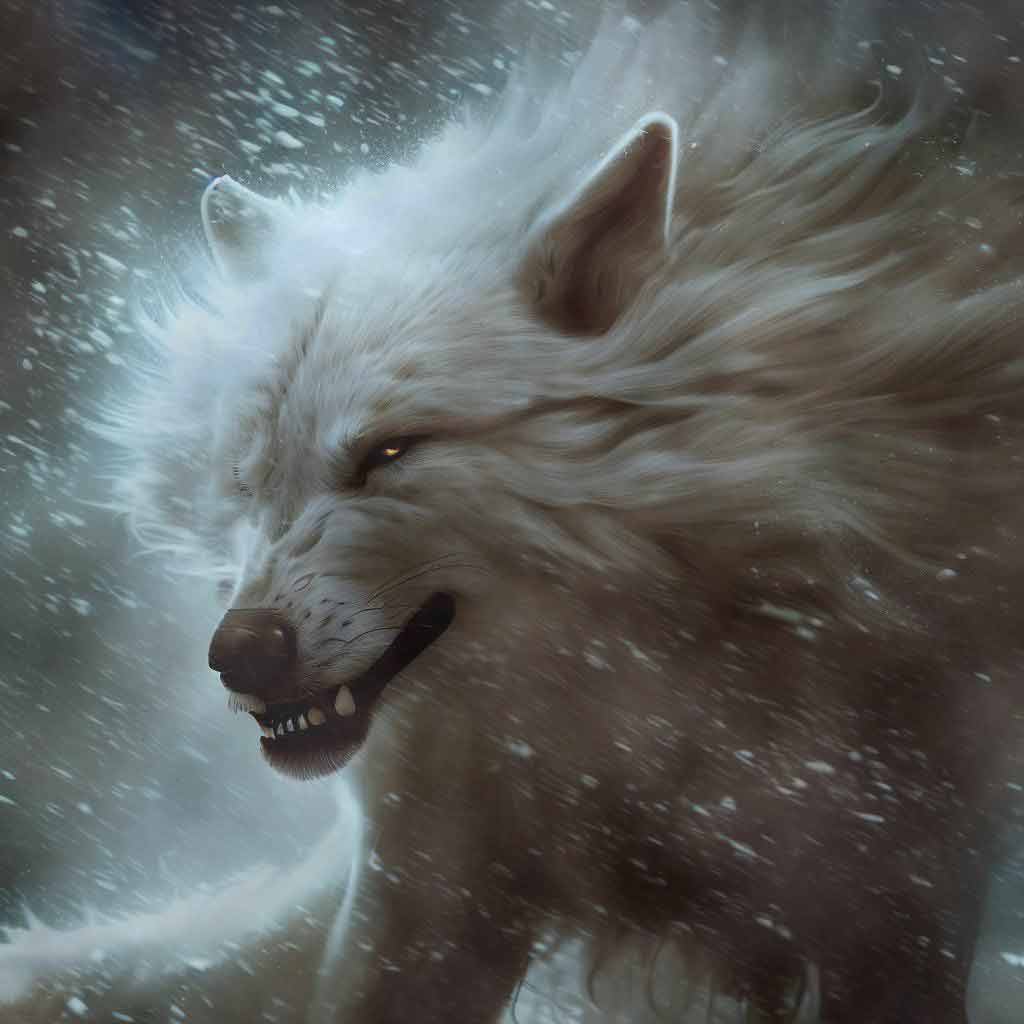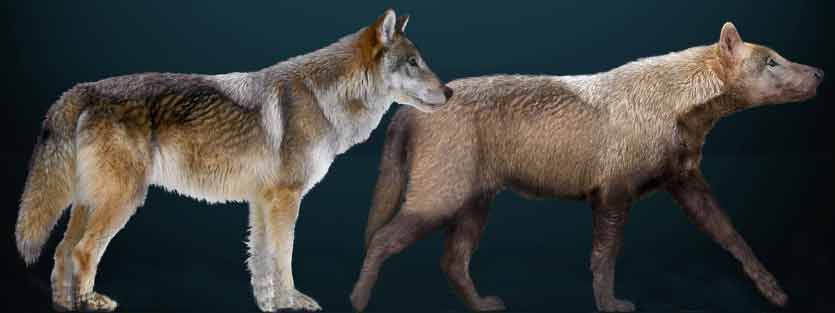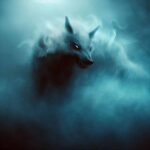The Amarok wolf is an enormous wolf-like creature that is also sometimes known as the Amaroq in some Indigenous languages. It is a wolf cryptid that blurs the lines between folklore and mythology and while many believe that the Amarok wolf is real, there is no scientific evidence to prove its existence.
| Cryptid Name: | Amarok Wolf / Amaroq |
| Location: | Arctic regions (Alaska, Canada, Greenland) |
| Category: | Canine Cryptid / Supernatural / Folklore Cryptid |
| Description: | Massive wolf-like cryptid that larger and more powerful than regular wolves. |
| Size: | As large as a bear. |
| Behavior/Characteristics: | Solitary, elusive, powerful, associated with wilderness and strength. |
| Diet: | Assumed to be carnivorous like regular wolves. |
| Habitat/Environment: | Typically associated with the Arctic wilderness and tundra regions. |
| Evidence: | Primarily based on oral traditions, folklore, and cultural narratives. No scientific evidence. |
| Sightings and Encounters: | Numerous reports, but no confirmed sightings. |
| Skepticism/Explanations: | Beyond being a purely mythical animal, the Amarok is likely based on the real-life dire wolf. |
What Does The Amarok Wolf Look Like?

The Amarok Wolf is said to look like an enormous wolf that is a lot bigger and a lot stronger than typical wolves. In fact, it is believed that it is as big as a bear.
It has white, grayish-white, or brown fur that helps it blend in with its snowy surroundings, and also has sharp teeth and claws.
It is incredibly powerful and strong and people say that it easily hunts large prey such as caribou, musk oxen, and even polar bears. It is also believed to be incredibly fast and agile and is able to track prey through the snow using its amazing sense of smell.
Unlike normal wolves, the Amarok is a solitary animal that is very elusive. It hunts on its own and it has never been seen in a traditional type wolf pack. Its elusive behavior adds to the mystery and mystique that surrounds this elusive wolf cryptid making it a fascinating and respected animal in indigenous cultures.
In local tradition and legend, the Amarok is said to have a mystical or otherworldly aura. In some stories, it also has supernatural powers. While the Amarok is respected and feared it is also seen as a guardian of the wilderness.
Amarok Spiritual Significance & Symbolism
The Amarok Wolf is seen as a powerful spirit animal that is associated with strength, courage, perseverance, humility, survival, and resilience.
It symbolizes the deep connection between humans and nature and the importance of living in harmony with nature and its creatures. The Amarok is also believed to create a link between ancestral spirits and wisdom.
Amarok Mythology
Amarok mythology is fascinating and complex. The Amarok Wolf is portrayed as both a benevolent creature that helps humans and an incredibly dangerous animal if you are unlucky enough to cross its path.
For example, in one traditional Inuit story, the Amarok helps a young boy who is being bullied by other boys because his small and weak. The Amarok wrestles with the boy until he becomes powerful and strong. The boy becomes a proud warrior within his village.
In another story, that is detailed in a book called, “Tales and Traditions of the Eskimo, with a Sketch of their Habits, Religion, Language, and Other Peculiarities”, by Hinrich Rink, a darker story is told:
A man who mourned the death of a relative went out in hopes of finding some means of excitement; and being told that an amarok had been heard roaring in the firth of Nook (Godthaab), he could not be kept from going off to encounter the beast.
Tales and traditions of the Eskimo, Page 464
Accompanied by a relative, he went up the country, and finding the young ones of the amarok, the mourner instantly killed the whole. But his companion, getting terribly frightened, betook himself to a cave for refuge, accompanied by the mourner.
From their retreat the relative soon saw how the old amarok came running, holding a whole reindeer between its jaws; and having looked in vain for its young ones, it rushed down to the lake where it appeard to be hauling out something of a human shape. At the same moment turning round to his companion he saw him falling helpless to the ground.
The amarok, from which nothing remains concealed, had discovered him and taken the soul out of his body.
Explanations For The Amarok Wolf
While there are many explanations for the Amarok wolf, ranging from it being a supernatural animal to a mere myth, one of the more widely accepted theories suggests that it might be a descendant of the now-extinct Dire Wolf.
The Dire Wolf (Canis Dirus) is a prehistoric carnivore that lived in North and South America during the Pleistocene epoch (approximately 125,000 years ago).
Just like the Amarok Wolf, dire wolves were larger than the modern gray wolves. They were believed to have large, stocky bodies that were built for hunting large prey. They were seen as apex predators and it is said that their diet consisted of large herbivores such as bison.
Unlike the Amarok wolf, it is thought that dire wolves lived in social groups similar to modern wolf packs and worked together in groups to hunt their prey.
It is believed that Dire Wolves went extinct around 6,500 years ago at the end of the Pleistocene epoch. It is believed that changes in climate, competition for prey, and potentially even human hunting could have contributed to its demise, although these are still debated.

Source: Sergiodlarosa, CC BY 3.0
Is The Amarok Wolf Real?
While there is no way of knowing whether the Amarok Wolf is real, the existence of the dire wolf could explain the legends and stories surrounding the Amarok. That said, there is no concrete evidence to support this idea.
However, it certainly is possible that indigenous people could have mistaken a dire wolf for a mythical animal. Indigenous people often had very deep and spiritual connections to the natural world and they saw animals as having sacred or mystical significance. In many of these cultures, animals were seen as symbols of the spirits, and encounters with certain animals were believed to have special meaning and significance.
Given the dire wolf’s size and strength, it is possible that indigenous people could have perceived it as a powerful animal spirit or magical being rather than a normal wild animal. This could have led to stories of mythical cryptids resembling wolves such as the Amarok being passed down through generations in oral tradition and folklore.




